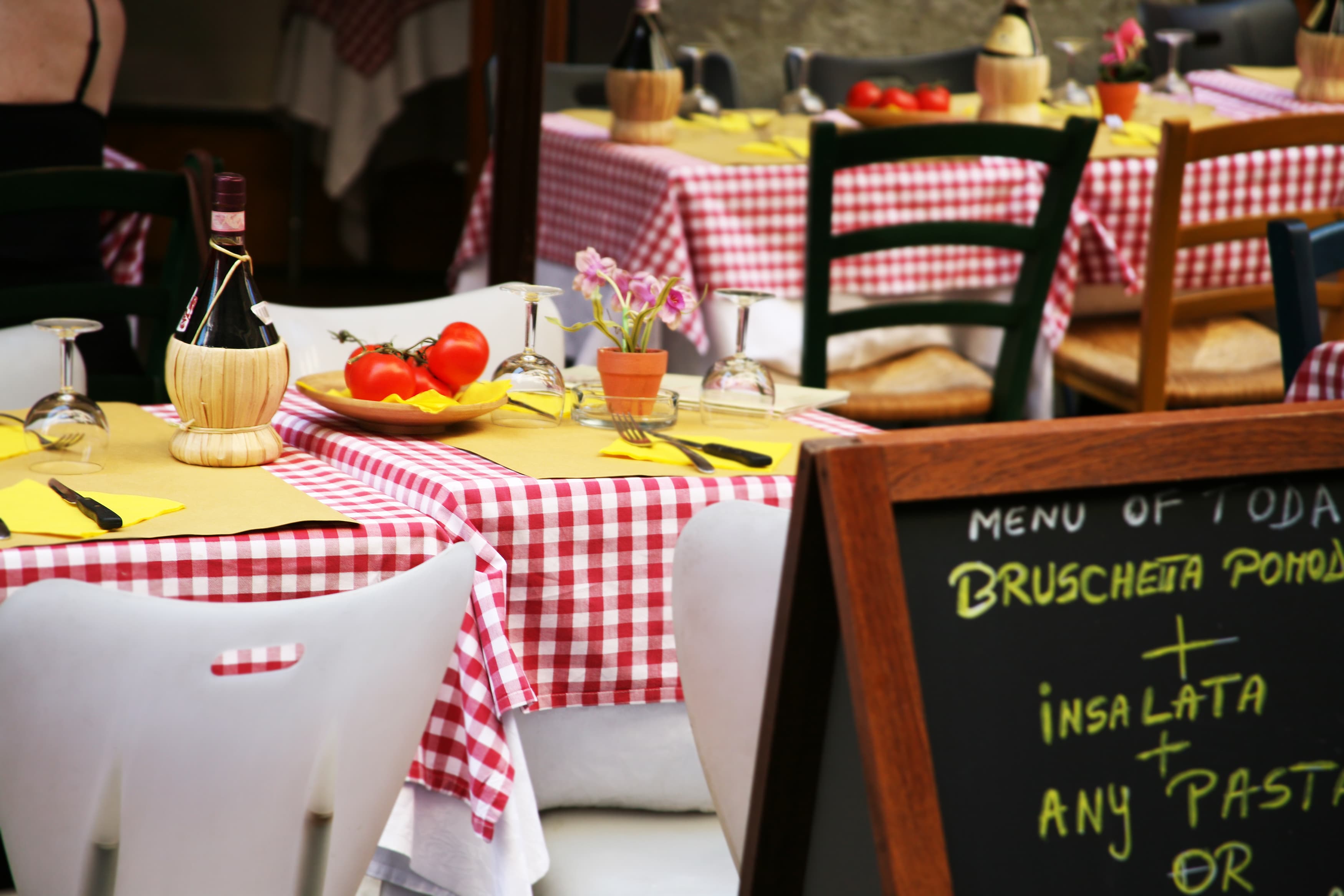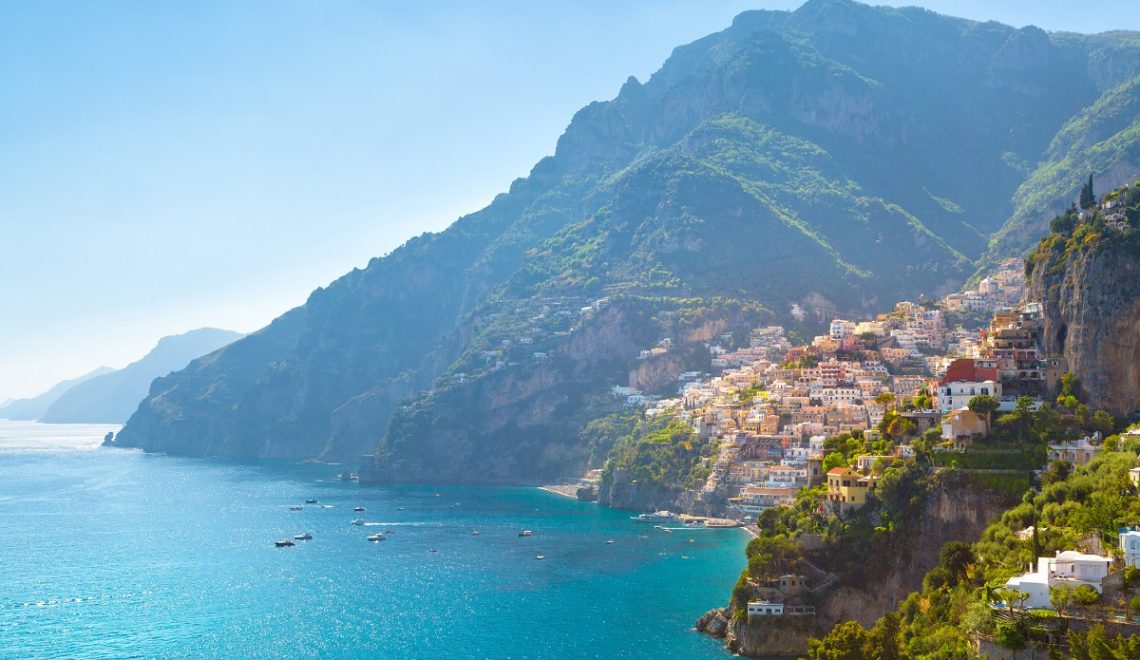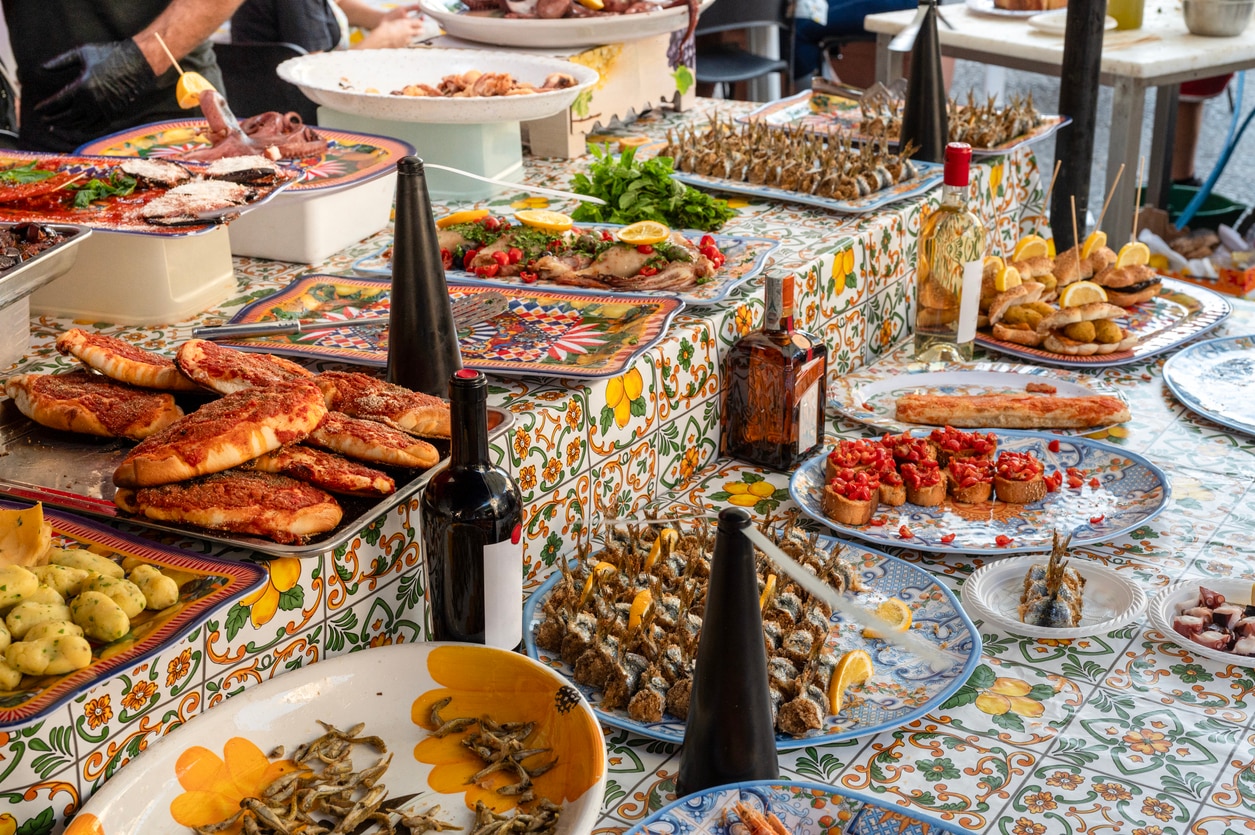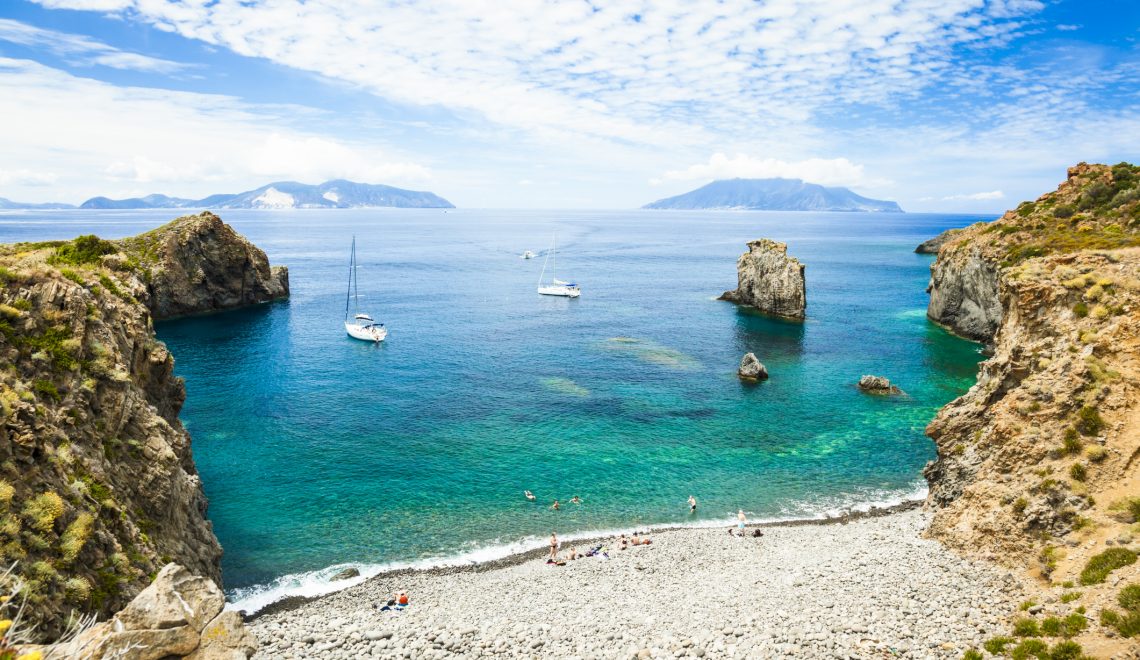
Sicily, the largest island in the Mediterranean Sea, is a treasure trove of history, culture, and breathtaking landscapes. This guide will help you navigate the wonders of this enchanting island.
- Where is Sicily located in Italy?
- Top Places to Visit in Sicily: Iconic Cities and Hidden Gems
- Palermo: Sicily’s Vibrant Capital with Rich History and Street Food
- Catania: The City at the Foot of Mount Etna
- Taormina: Stunning Views and the Ancient Greek Theatre
- Syracuse: Explore the Ancient Ruins of the Greek and Roman Eras
- Agrigento: The Valley of the Temples and Its Archaeological Wonders
- Hidden Villages: Discover Sicily’s Quaint and Picturesque Towns
- Sicilian Food You Have to Try: A Foodie’s Paradise
- How to Get Sicily: Transportation Tips
Where is Sicily located in Italy?
Sicily is located in the southern part of Italy, situated in the Mediterranean Sea. It’s the largest island in Italy and holds a special autonomous status. Geographically, Sicily lies just off the toe of the Italian peninsula, separated by the Strait of Messina from the mainland.
The island is bordered by several bodies of water, including the Tyrrhenian Sea to the northwest, the Ionian Sea to the east, and the Mediterranean Sea to the south. The capital city of Sicily is Palermo, which is located on the northwestern coast of the island. With its rich history and diverse culture, Sicily plays a significant role in Italy’s heritage and tourism.
Best Time to Visit Sicily: Seasons and Events
The best time to visit Sicily largely depends on what you want to experience.
- Spring (April to June) is ideal for pleasant weather and fewer crowds, making it perfect for exploring archaeological sites and enjoying outdoor activities.
- Summer (July to August) brings vibrant beach life and numerous festivals, but be prepared for high temperatures and larger tourist crowds.
- Fall (September to November) is another excellent time to visit; the weather remains warm, and the grape harvest season offers wine enthusiasts a chance to indulge in local vintages.
- Winter (December to March) can be mild but is less crowded, allowing for a more intimate experience of Sicilian culture.
Top Places to Visit in Sicily: Iconic Cities and Hidden Gems
Sicily is dotted with cities that showcase its rich history and stunning landscapes. Here are some must-visit destinations.
Palermo: Sicily’s Vibrant Capital with Rich History and Street Food
As the capital city, Palermo is a bustling metropolis filled with a mix of cultures and traditions. The city boasts remarkable architecture, including the Palatine Chapel and the Norman Cathedral. Don’t miss the chance to explore the lively street markets like Mercato di Ballarò, where you can taste local delicacies.
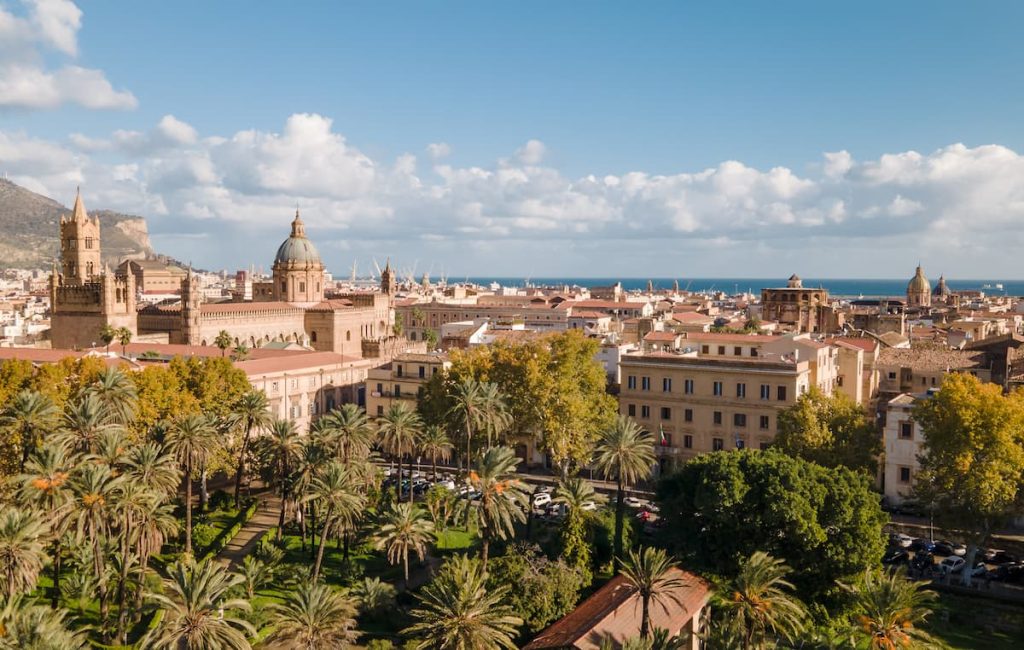
Discover Palermo: a fascinating journey through history, culture, and gastronomy
Explore Palermo, a city rich in history and culture. From Arab-Norman treasures to traditional culinary delights to the seaside, here is our guide on what to see and do in the Sicilian capital.
Catania: The City at the Foot of Mount Etna
Nestled at the base of Mount Etna, Catania is known for its Baroque architecture and vibrant atmosphere. The city’s historic center is a UNESCO World Heritage site, featuring stunning landmarks like Piazza del Duomo and the Roman Theatre. Catania also serves as a great base for excursions to Mount Etna, where visitors can hike or take guided tours of Europe’s most active volcano.
Taormina: Stunning Views and the Ancient Greek Theatre
Perched on a cliff overlooking the Ionian Sea, Taormina is famous for its breathtaking views and ancient ruins. The highlight is the Greek Theatre, which dates back to the 3rd century BC and offers spectacular vistas of Mount Etna. Strolling through Taormina’s charming streets, lined with shops and cafes, makes for an unforgettable experience.
Syracuse: Explore the Ancient Ruins of the Greek and Roman Eras
Once one of the most powerful cities in the ancient world, Syracuse boasts remarkable archaeological sites, including the Greek Theatre and the Ear of Dionysius. The historic island of Ortigia, with its beautiful piazzas and baroque churches, is a must-visit for anyone wanting to immerse themselves in history.
Agrigento: The Valley of the Temples and Its Archaeological Wonders
Home to one of Sicily’s most important archaeological sites, Agrigento features the stunning Valley of the Temples, a UNESCO World Heritage site showcasing well-preserved ancient Greek temples. A visit here provides insight into Sicily’s rich historical tapestry.
Hidden Villages: Discover Sicily’s Quaint and Picturesque Towns
Beyond its major cities, Sicily is home to charming villages that offer a glimpse into traditional Sicilian life. Towns like Cefalù, with its beautiful beaches and medieval architecture, or Noto, known for its stunning Baroque buildings, are perfect for those looking to escape the hustle and bustle.
Sicilian Food You Have to Try: A Foodie’s Paradise
Sicily is renowned for its diverse culinary offerings that reflect a rich cultural heritage. Here are some dishes you must try:
Street Food Delights: Arancini, Panelle, and Sfincione
Sicilian street food is famous worldwide.
Be sure to try arancini, fried rice balls filled with ragù or cheese; panelle, chickpea fritters often served in a sandwich; and sfincione, a thick pizza topped with tomatoes, onions, anchovies, and breadcrumbs.
Traditional Dishes: Pasta alla Norma, Caponata, and Swordfish
Sicilian cuisine features hearty traditional dishes like pasta alla Norma, made with eggplant and ricotta salata; caponata, a sweet-and-sour eggplant dish; and grilled or baked swordfish, prepared with local herbs.
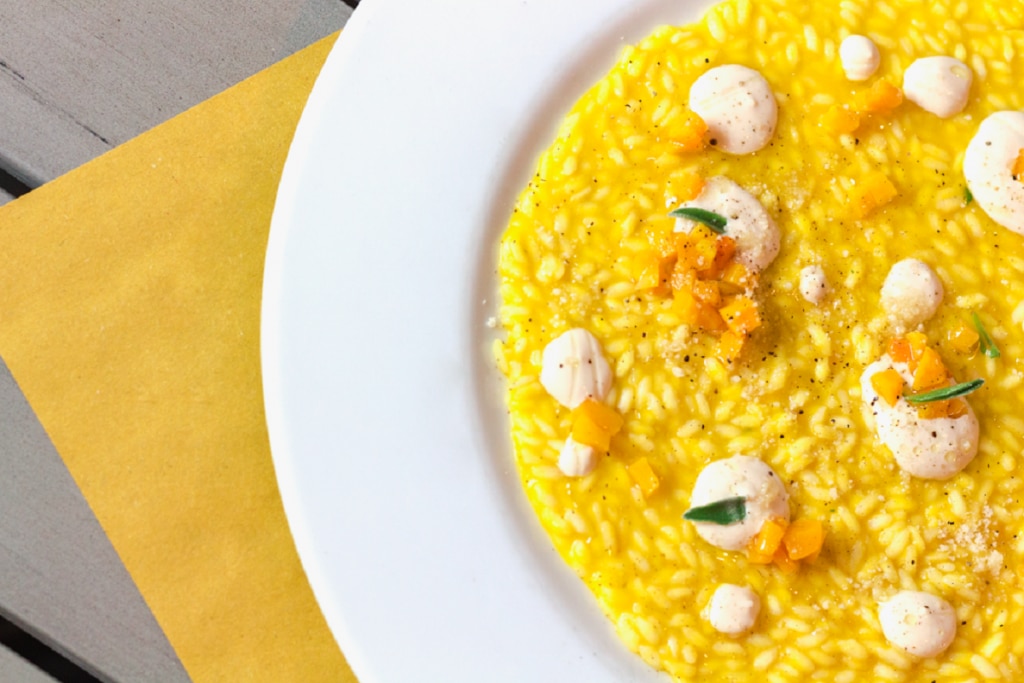
Italy’s Vegan and Vegetarian Cuisine: A Foodie’s Delight
Italy’s vegan and vegetarian cuisine is a food lover’s dream, offering an abundance of flavours, textures, and ingredients that showcase the best of the country’s culinary traditions.
Sweet Treats: Cannoli, Granita, and Cassata
No trip to Sicily would be complete without indulging in its famous desserts. Make sure to try cannoli, crispy pastry shells filled with sweet ricotta; refreshing granita, a semi-frozen dessert available in various flavors; and rich cassata, a layered cake made with ricotta cheese.
Wine and Spirits: Sicily’s Bold Wines and Sweet Marsala
Sicily’s diverse climate produces exceptional wines. Try sampling local varieties such as Nero d’Avola or Cerasuolo di Vittoria. And don’t forget to try sweet Marsala wine from the western part of the island—perfect as an aperitif or dessert wine.
How to Get Sicily: Transportation Tips
To reach Sicily from mainland Italy, one of the most convenient and scenic options is to use Italo trains, which offer direct connections from various Italian cities.
Travelers can depart from major hubs like Rome, Milan, or Naples, enjoying a comfortable and speedy journey. Once you arrive at Villa San Giovanni, you can continue your trip to Sicily by taking a ferry or opting for a bus that connects directly to Sicilian cities.
This integrated transportation system makes it easy to explore the island, turning your journey into a pleasant experience with breathtaking landscapes along the way. For more details on routes and schedules, check the Italo Treno website, where you can find up-to-date information on connections to Sicily.

